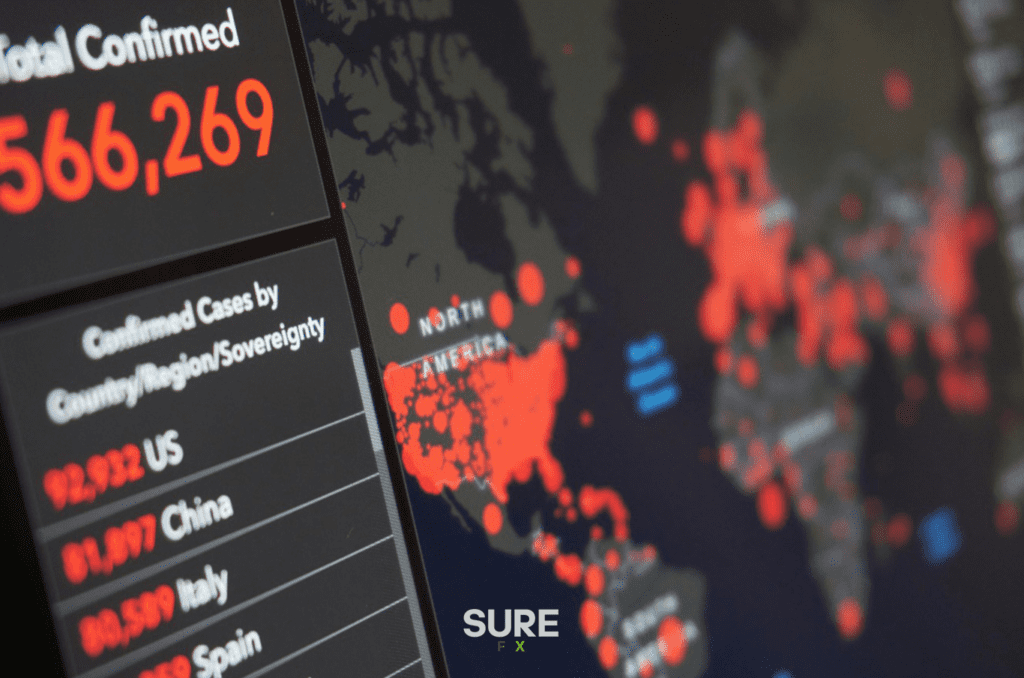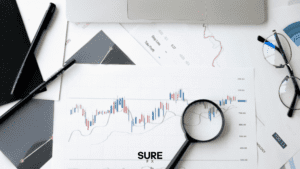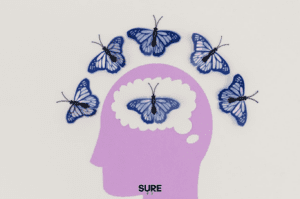
Forex Trading vs. Gambling: Understanding the Key Differences
I n the world of financial markets, the line between investing and gambling can sometimes seem blurry. Both activities involve risk and the potential for profit or loss. Forex trading, in particular, is often compared to gambling due to its speculative nature. However, there are significant differences between forex trading and gambling that set them apart. In this article, we will explore these differences, examine whether forex trading is classed as gambling, and provide valuable advice for forex traders. Let’s now begin with the discussion on gambling vs trading: Probability vs. Edge One of the key distinctions between forex trading and gambling is the concept of probability vs. edge. In gambling, outcomes are typically determined by chance—whether you win or lose is largely a matter of luck. Is forex trading classed as gambling? The answer is no. While both activities involve risk, forex trading allows traders to gain an edge through careful analysis of market trends, economic indicators, and other data. Forex traders use tools like technical analysis and fundamental analysis to make informed decisions, aiming to maximize their chances of success over time. In contrast, gambling generally lacks this level of strategic insight. Time Horizon Gambling vs trading also differs significantly in terms of time horizon. Gambling is usually focused on short-term outcomes, with results often decided quickly, leading to immediate profits or losses. In contrast, forex trading requires a more long-term approach. Traders analyse market patterns over weeks, months, or even years, seeking consistent profitability. Advice for forex traders includes understanding the importance of patience and discipline—while the forex market can be volatile in the short term, it tends to follow more predictable patterns over time. Knowledge and Skill Both activities involve risk, but forex trading requires much more knowledge and skill than gambling. Successful forex traders dedicate time to understanding market dynamics, technical analysis, risk management, and economic indicators. They develop strategies based on their understanding of the market and continuously refine them to adapt to changing conditions. In gambling, success is more reliant on luck than skill, with less room for strategy or expertise to impact the outcome. This distinction further underscores the difference between forex trading and gambling. Risk Management In gambling, the risk is often fixed and predetermined—you know how much you stand to lose before you place a bet. In contrast, forex trading involves sophisticated risk management techniques. Forex traders use stop-loss orders, position sizing, and diversification to control their exposure to risk and protect their capital. Effective risk management is a cornerstone of successful forex trading, and it’s one of the key elements that separates trading from gambling. In gambling, risk is often embraced without a clear strategy for managing it. Market Volatility Another important distinction is how market volatility is handled. Forex markets are often highly volatile, with prices fluctuating due to a range of factors, including economic news, political events, and social changes. While this volatility creates opportunities for profit, it also increases risk. Advice for forex traders includes understanding and navigating this volatility through careful analysis and the right strategy. In gambling, volatility is often seen simply as part of the excitement or risk, without the need for the same depth of analysis or strategic thinking that forex traders must apply. Emotional Control Both forex trading and gambling can provoke strong emotions such as fear, greed, and excitement. However, the most successful forex traders are those who can control their emotions and stick to a rational, methodical approach based on their strategy. Impulsive decisions often lead to substantial losses. In gambling, emotions tend to play a larger role, often influencing bettors to make irrational choices based on excitement or frustration. This emotional volatility can lead to reckless behaviour and increased risk in gambling, unlike in forex trading, where emotional control is a key aspect of long-term success. Conclusion While there are similarities between forex trading and gambling, they are fundamentally different activities. Forex trading requires knowledge, skill, and a long-term approach to managing risk and making informed decisions. It’s based on understanding market dynamics, economic factors, and risk management techniques to increase the likelihood of success. Gambling, on the other hand, is based more on chance, with little emphasis on strategy or skill. So, while forex trading is not classed as gambling, it’s important for traders to be aware of the differences and risks involved. For those considering entering the forex market, following advice for forex traders such as managing risk, staying disciplined, and continuously learning will help improve the chances of success and mitigate the potential for significant losses.






